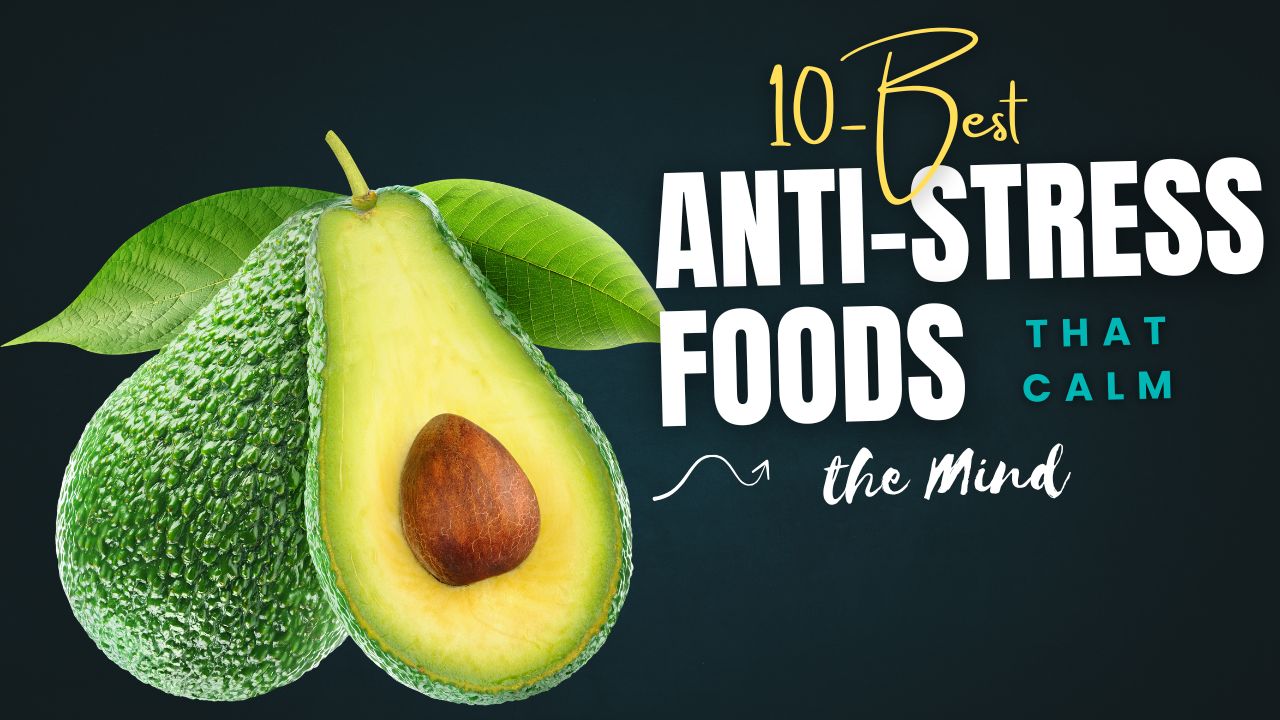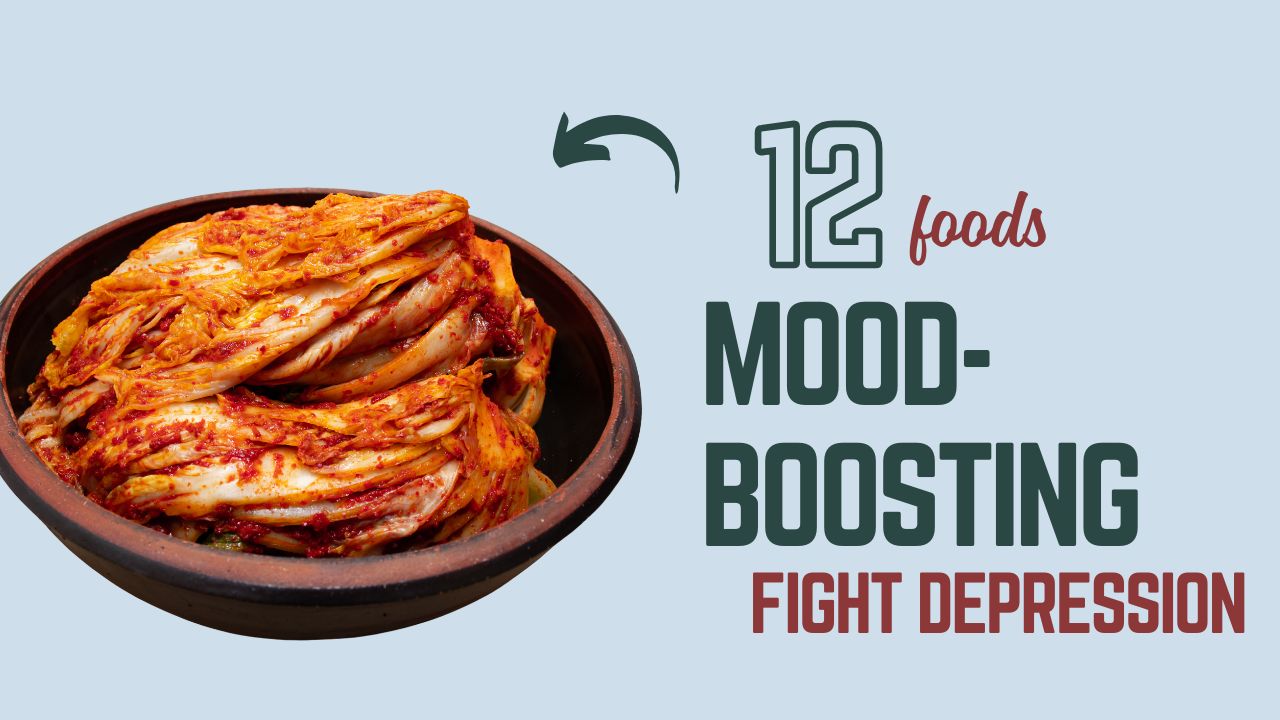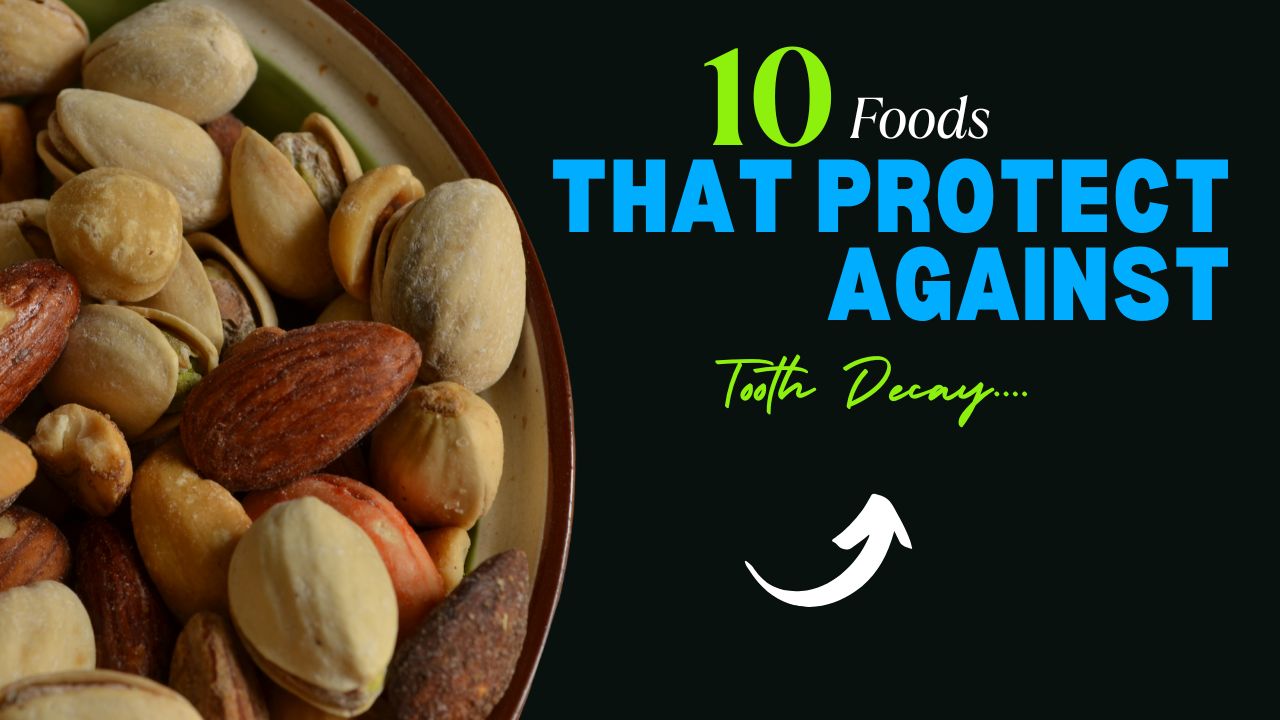Think calf workouts are just for sprinters or bodybuilders? Think again. Your calves are among the most underrated muscle groups, but they power every step you take—literally.
From walking and climbing stairs to sprinting and even standing still, your calf muscles are working silently in the background. Want legs that not only look leaner but perform better too? These 15 bodyweight calf exercises will do the trick—no equipment, no excuses.
Did you know? Your calf is made up of two major muscles: the gastrocnemius (the larger, outer muscle) and the soleus (the deeper, stabilizing muscle). Both need different angles of work to fully develop.
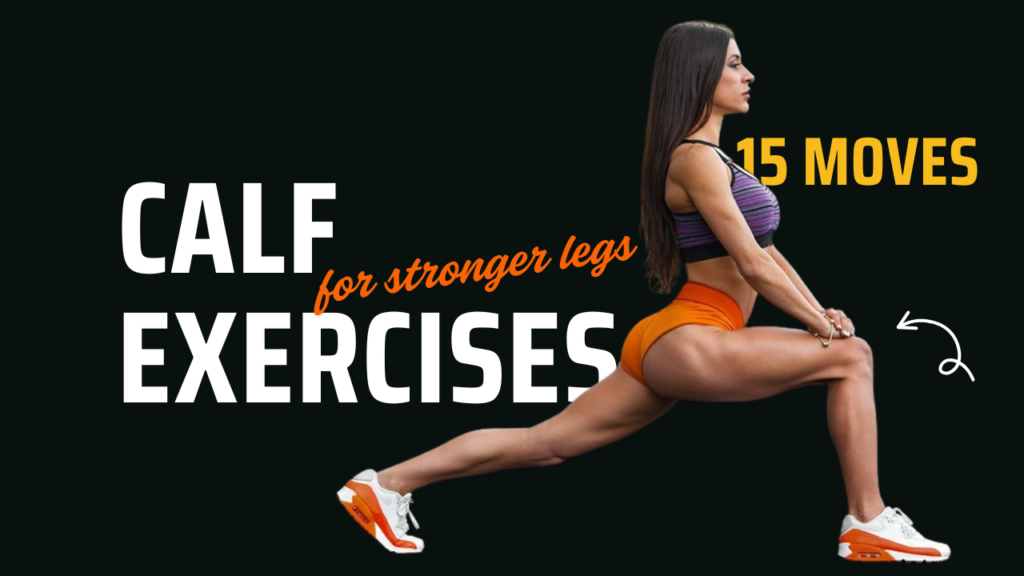
Table of Contents
30-Day Calf Challenge Results – What You Can Expect
| Positive Changes | Explanation |
|---|---|
| Increased Calf Definition | Muscles begin to tone and show shape, especially with consistent reps. |
| Improved Strength & Stability | Stronger calf muscles support better ankle control and reduce instability. |
| Better Walking & Running Performance | Calves help propel you forward—expect smoother, more powerful strides. |
| Improved Balance and Coordination | Single-leg and tiptoe work enhances proprioception and body control. |
| Higher Endurance in Lower Legs | Repetition builds muscular endurance, reducing fatigue from long-standing. |
| More Flexible Ankles & Calves | Daily movement and light stretching improve joint and muscle mobility. |
| Leaner-Looking Legs | Toned calves can make the legs appear slimmer and more sculpted. |
| Increased Mind-Muscle Connection | You’ll feel and control your calves better during movement. |
| Reduced Risk of Lower-Leg Injury | Strong calves reduce strain on knees and Achilles tendons. |
| Motivation to Progress to Weighted or Advanced Calf Workouts | Seeing visible or performance gains inspires further progression. |
Also Read: 11 Abductor Exercises Using Equipment That Boosts Hip Strength
Do’s and Don’ts of Bodyweight Calf Exercises
| Do’s | Don’ts |
|---|---|
| Perform exercises slowly and with control | Don’t bounce or rush through the reps |
| Focus on full range of motion (lift high, drop low) | Don’t do partial reps unless for isolation or variation |
| Warm up your ankles and calves before starting | Don’t skip warm-up—it increases injury risk |
| Use single-leg variations to improve balance and strength | Don’t rely solely on two-leg raises every session |
| Include isometric holds and pulses to increase muscle tension | Don’t stop at just standard calf raises every time |
| Stretch your calves post-workout for flexibility | Don’t ignore calf tightness—it affects performance and mobility |
| Train calves consistently (2–3x per week) | Don’t expect results with once-a-week or inconsistent training |
| Keep your core engaged and posture upright during standing moves | Don’t lean too far forward or slouch during exercises |
| Combine calf work with overall leg training for better symmetry | Don’t isolate calves only and neglect hamstrings or quads |
| Stay hydrated to avoid cramping during repetitive movements | Don’t push through sharp calf pain or intense cramping |
1. Standard Standing Calf Raises
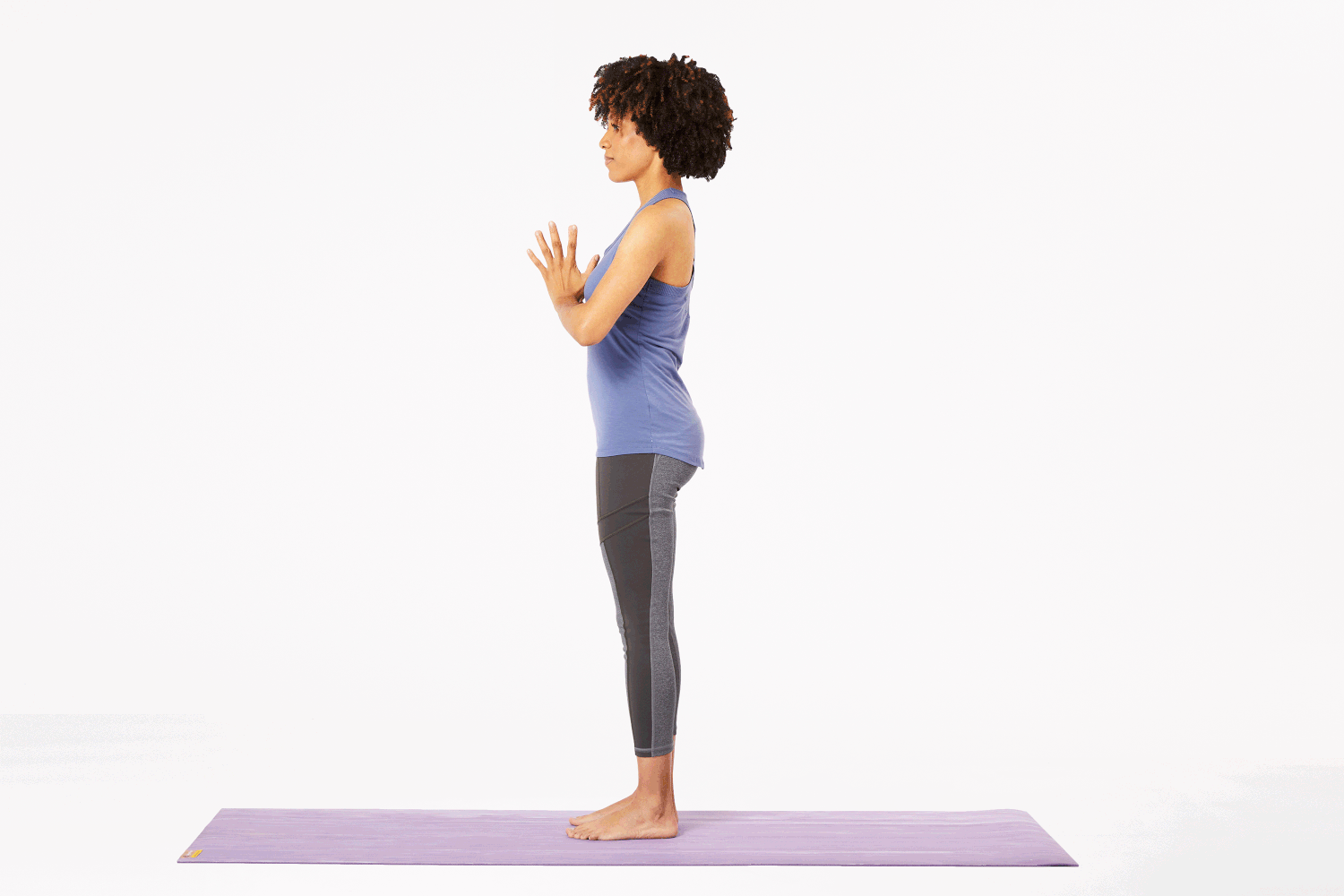
How to do it:
- Stand tall with feet shoulder-width apart.
- Raise your heels slowly, standing on your toes.
- Hold at the top for 2 seconds, then lower.
Why it works: It targets the gastrocnemius and helps build foundational strength.
2. Single-Leg Calf Raise
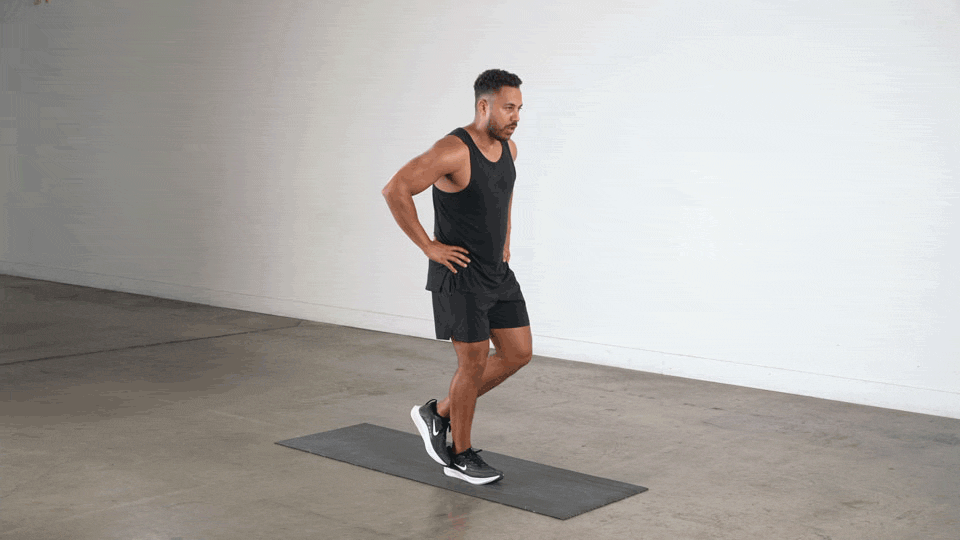
How to do it:
- Balance on one foot.
- Raise your heel slowly and squeeze at the top.
- Lower under control. Do 10–15 reps each leg.
Why it works: Enhances balance and isolates each calf for better muscle activation.
3. Wall Calf Raise
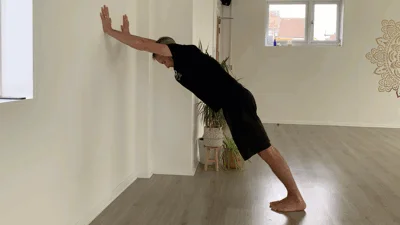
How to do it:
- Stand about 1 foot away from a wall, hands on the wall.
- Raise both heels as high as possible.
- Lower and repeat.
Why it works: Adds a slight angle to engage your calves differently and support beginners.
Also Read: 12 Best Bodyweight Adductor Exercises To Sculpt Your Inner Thighs
4. Seated Calf Raise (Bodyweight Version)

How to do it:
- Sit on a sturdy surface, feet flat.
- Raise your heels while keeping toes on the floor.
- Squeeze, lower, and repeat.
Why it works: Focuses more on the soleus muscle which aids in ankle stability.
5. Tiptoe Squat Pulse
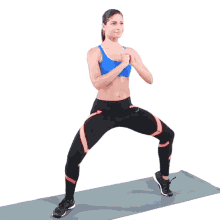
How to do it:
- Get into a squat position on your tiptoes.
- Pulse up and down slightly (small range).
- Maintain balance and tension.
Why it works: Blends lower body endurance with calf engagement.
6. Jumping Calf Raises
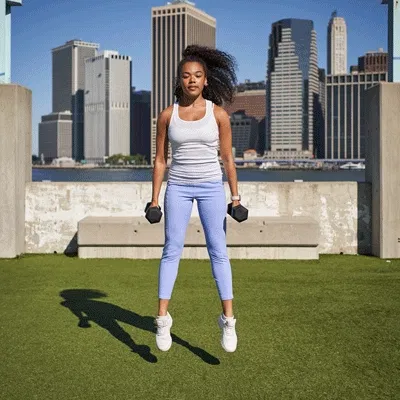
How to do it:
- Do a small jump using only the power of your calves.
- Land softly and immediately spring up again.
Why it works: Builds explosive power and athletic function.
Also Read: 10 Forearm Exercises Using Gym Gear That Build Iron Grip & Bigger Arms
7. Downward Dog Calf Pumps

How to do it:
- Get into a downward dog yoga position.
- Pedal your heels up and down, one at a time.
Why it works: Doubles as a stretch and active calf movement—great for mobility.
8. Farmer Walk on Toes (Stationary Version)
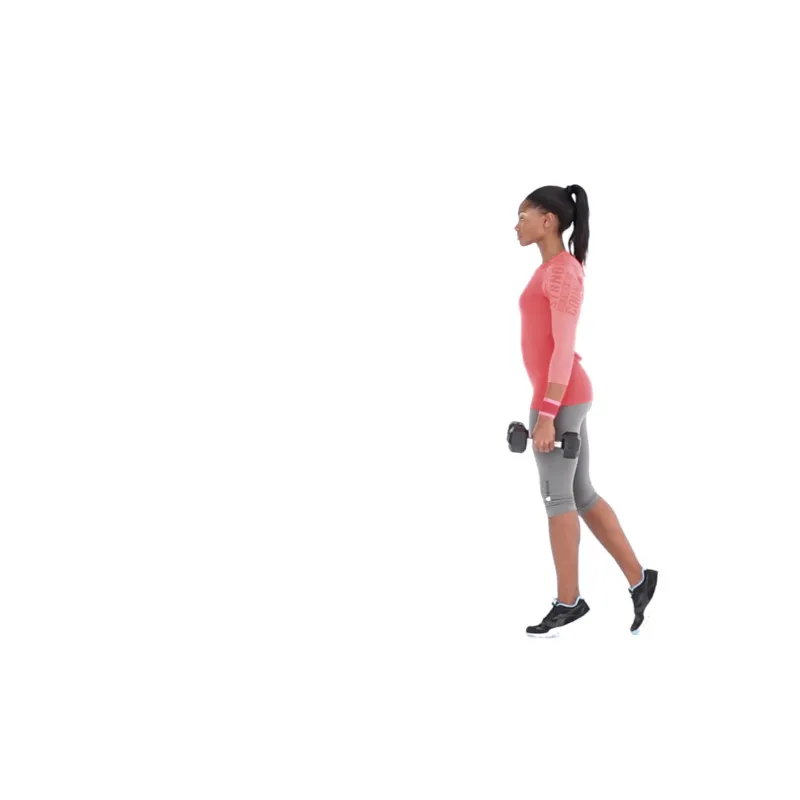
How to do it:
- Stand tall on your toes.
- Slowly “walk” in place by lifting one heel, then the other.
Why it works: Improves endurance and mimics real-world walking motion.
9. Calf Wall Stretch with Pulse
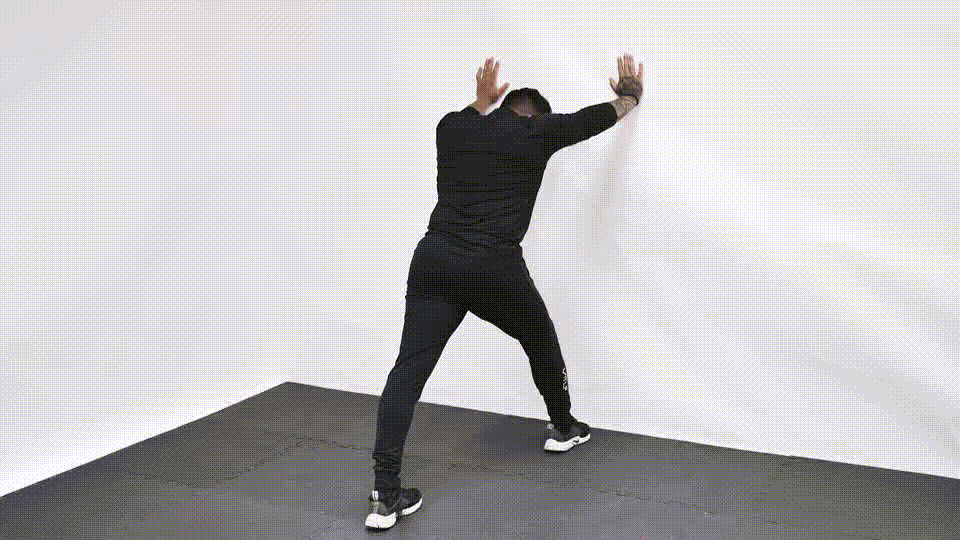
How to do it:
- Place your toes against a wall, heel on the ground.
- Lean in and gently pulse 10–12 times.
Why it works: Mobilizes tight calves while providing mild resistance.
Also Read: 10 Must-Try Trapezius Exercises Using Gym Equipment You’re Underusing
10. Plie Squat Calf Raise
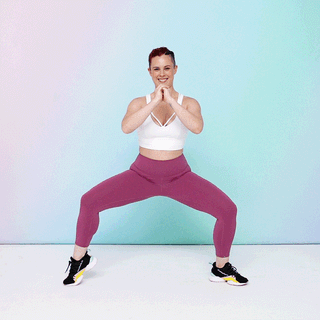
How to do it:
- Stand with legs wide, toes turned out.
- Lower into a plie squat and raise your heels off the floor.
- Hold, lower heels, and repeat.
Why it works: Works inner calves and adds isometric tension.
11. Box Calf Step-Off (Without Box)
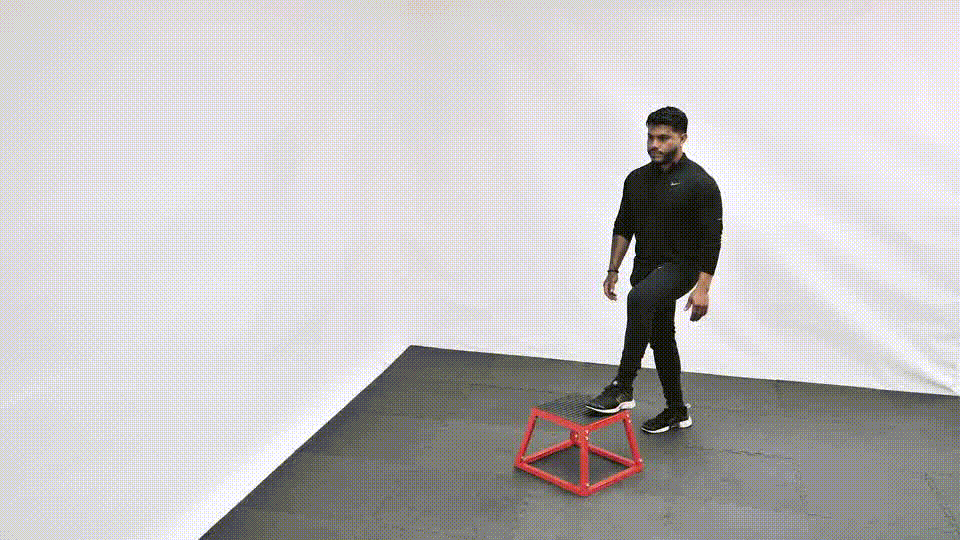
How to do it:
- Stand on a stair or low ledge with heels hanging off.
- Lower heels below the step, then raise.
Why it works: Emphasizes a full stretch and contraction—great for lean muscle definition.
12. March on Toes
How to do it:
- March in place but stay on your toes the entire time.
- Lift knees high and maintain posture.
Why it works: Excellent for building long-lasting endurance and stabilizer strength.
Also Read: 10 Gym-Only Shoulder Exercises That Maximize Strength & Muscle Definition
13. Heel-to-Toe Walk
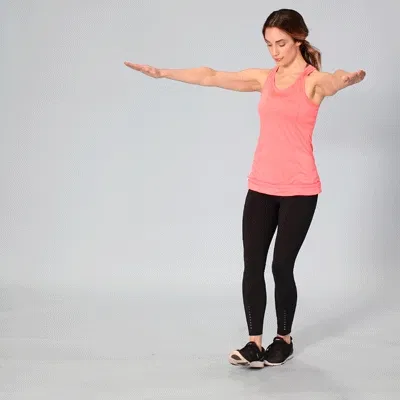
How to do it:
- Walk forward by lifting one heel and placing it directly in front of the toe.
- Stay on your toes throughout the movement.
Why it works: Sharpens balance and targets smaller stabilizing muscles.
14. Isometric Calf Hold
How to do it:
- Raise your heels and hold the position for 20–30 seconds.
- Squeeze your calves hard, then release.
Why it works: Creates deep time-under-tension which is key for muscle growth.
15. High Knee Jumps (Low-Impact)
How to do it:
- Perform small jumps while raising your knees high, staying on the balls of your feet.
- Land gently, and repeat for 20–30 seconds.
Why it works: Burns calories while toning your calves dynamically.
Also Read: 16 Advanced Bodyweight Shoulder Exercises to Build Boulder Shoulders
Final Thoughts
Strong calves aren’t just about looks—they boost your posture, reduce injury risk, and help your entire lower body function better. Bodyweight exercises like these give you the flexibility to train anywhere, anytime, with no excuses.
Myth Busted: “Calves can’t grow without weights.” False. With proper bodyweight progressions, volume, and control, you can get leaner, stronger, and more defined calves.
Quick Tips for Best Results:
- Train calves 2–3 times a week.
- Focus on slow, controlled reps.
- Don’t skip the squeeze at the top!
- Combine calf exercises with full lower-body work for balanced legs.
Frequently Asked Questions (FAQs)
Can I build strong calves with just bodyweight exercises?
Yes, absolutely. Bodyweight calf exercises, when performed with proper form, time-under-tension, and consistency, can build muscular endurance, strength, and definition—especially when combined with progressive overload (e.g., slower reps, more volume).
How often should I train my calves?
For noticeable results, train your calves 2 to 3 times a week. Since calves recover quickly, you can even target them every other day if you’re alternating intensity and volume.
Why are my calves not growing even though I train them?
Calves are used constantly (walking, standing), so they’re already conditioned. To see growth, you need to challenge them—focus on slow reps, full range of motion, and add isometric holds or explosive movements like calf jumps.
Do calf exercises help with running and jumping?
Yes! Strong calves contribute to better push-off, balance, and shock absorption, all of which enhance running speed, sprint performance, and vertical leap.
Are bodyweight calf exercises enough for fat loss in legs?
While these exercises tone and strengthen the calves, fat loss requires a combination of exercise, diet, and overall calorie deficit. Calf exercises will shape the muscle underneath, making your legs appear leaner as fat reduces.
Can I do calf exercises every day?
Yes, but only if you vary the intensity. For example, one day could be static holds or stretching, while another involves high-rep raises or jumps. Listen to your body and avoid overtraining.
What’s the best time to do calf exercises—before or after workout?
They can be done either. However, doing them at the end of your workout allows you to target them with full intensity without fatiguing them before compound lifts like squats or lunges.
Can these exercises fix flat feet or weak arches?
They can strengthen the muscles around your ankles and feet, potentially improving foot stability and arch support over time, especially exercises like toe walks, seated raises, and single-leg work.
Do I need to warm up before doing calf exercises?
Yes! A short warm-up like ankle circles, light jogging in place, or dynamic calf pumps helps improve circulation and reduce injury risk.
Is it normal to feel burning or cramping in calves during exercises?
A mild burn is normal—it’s the muscle working. But if you experience sharp pain or cramping, pause, stretch, and hydrate. Cramping may also indicate dehydration or poor electrolyte balance.



